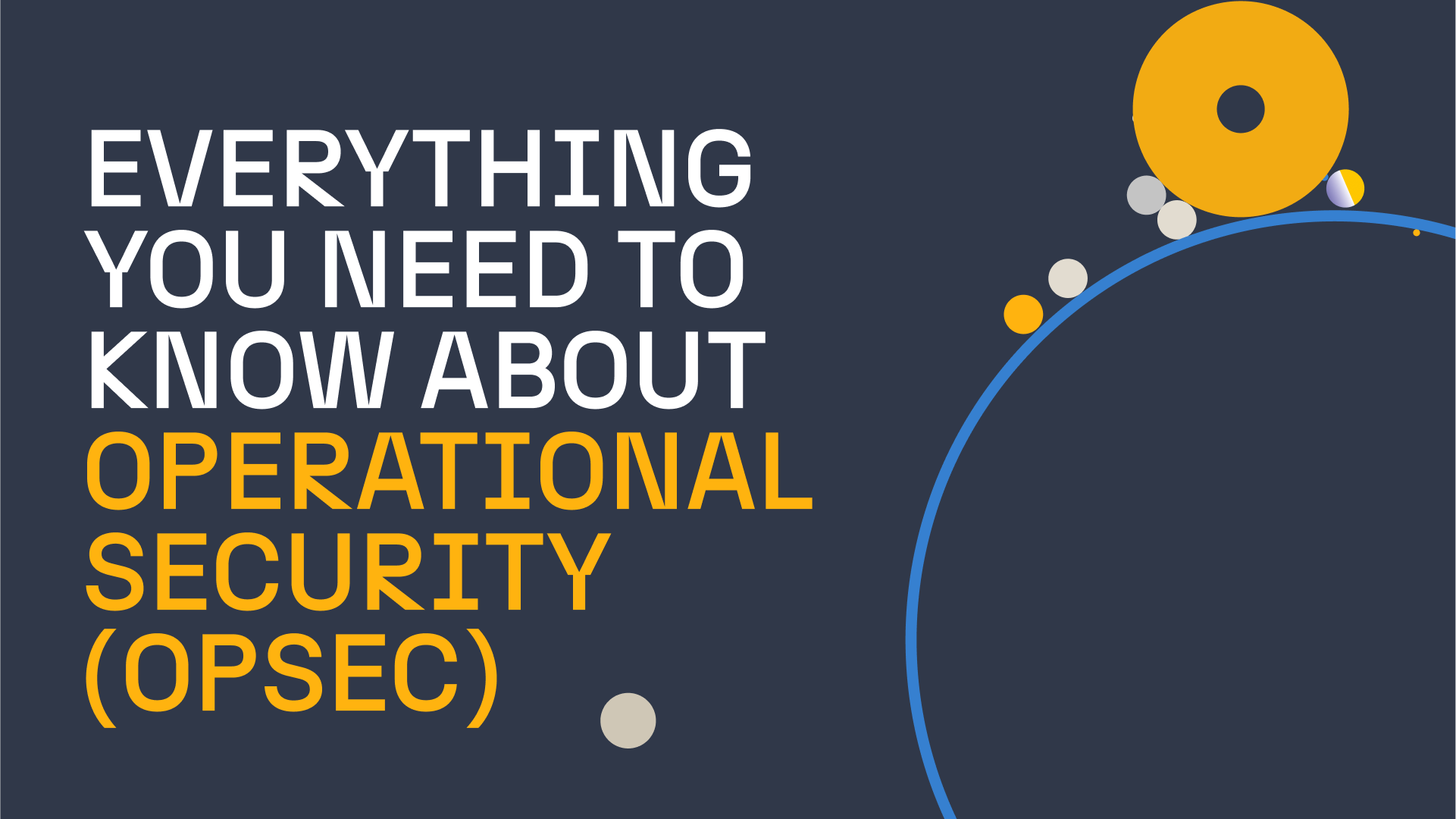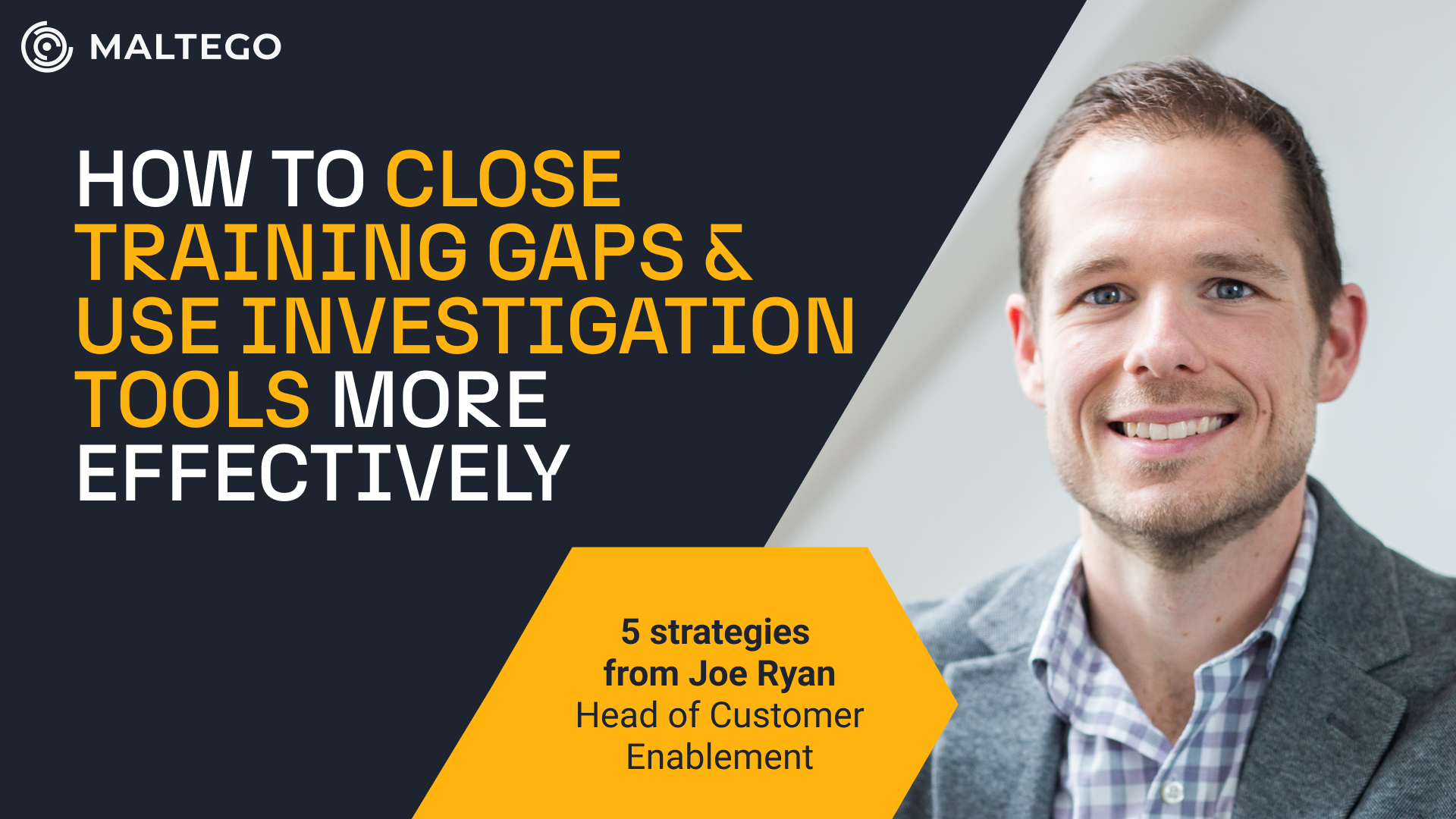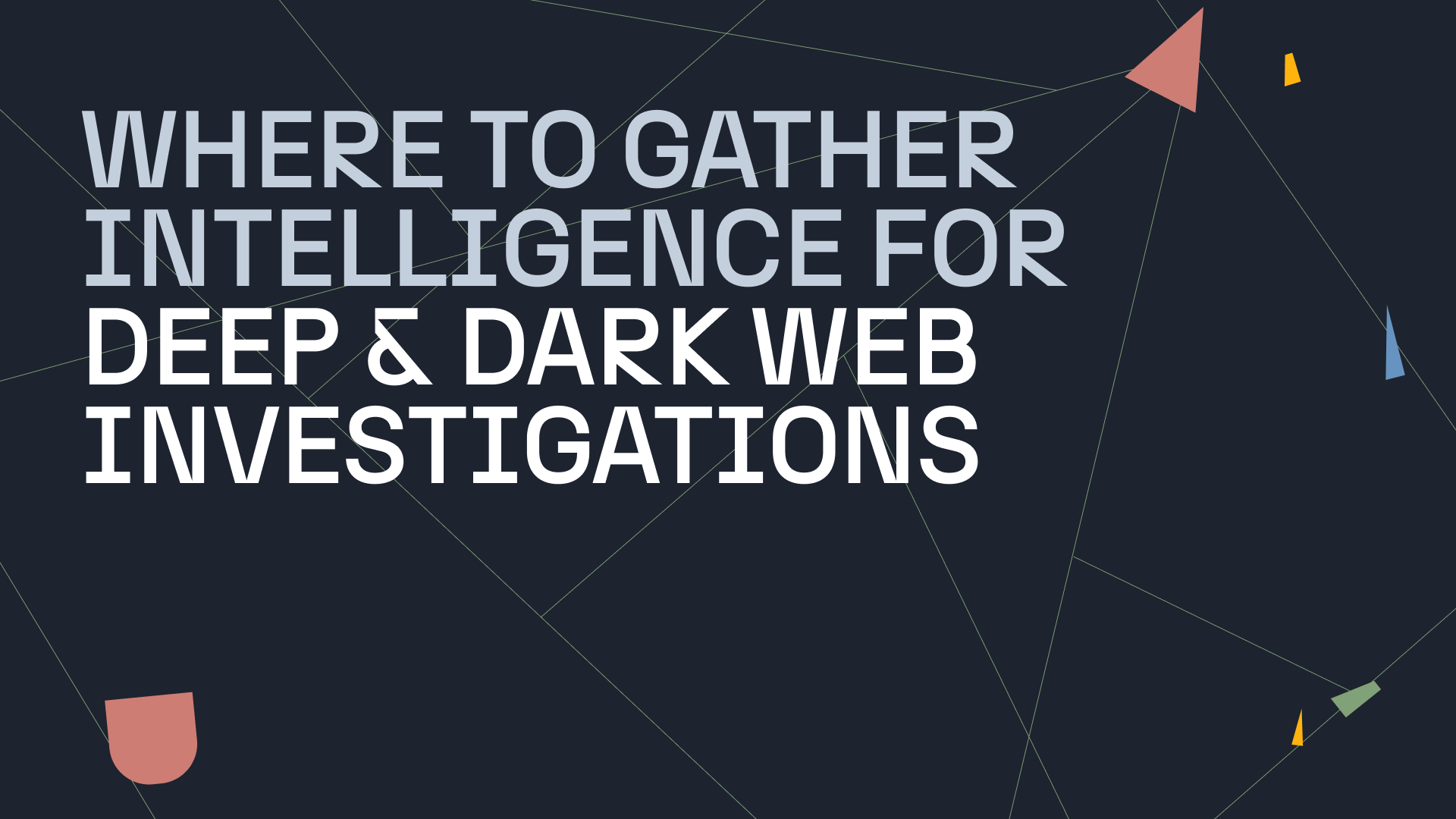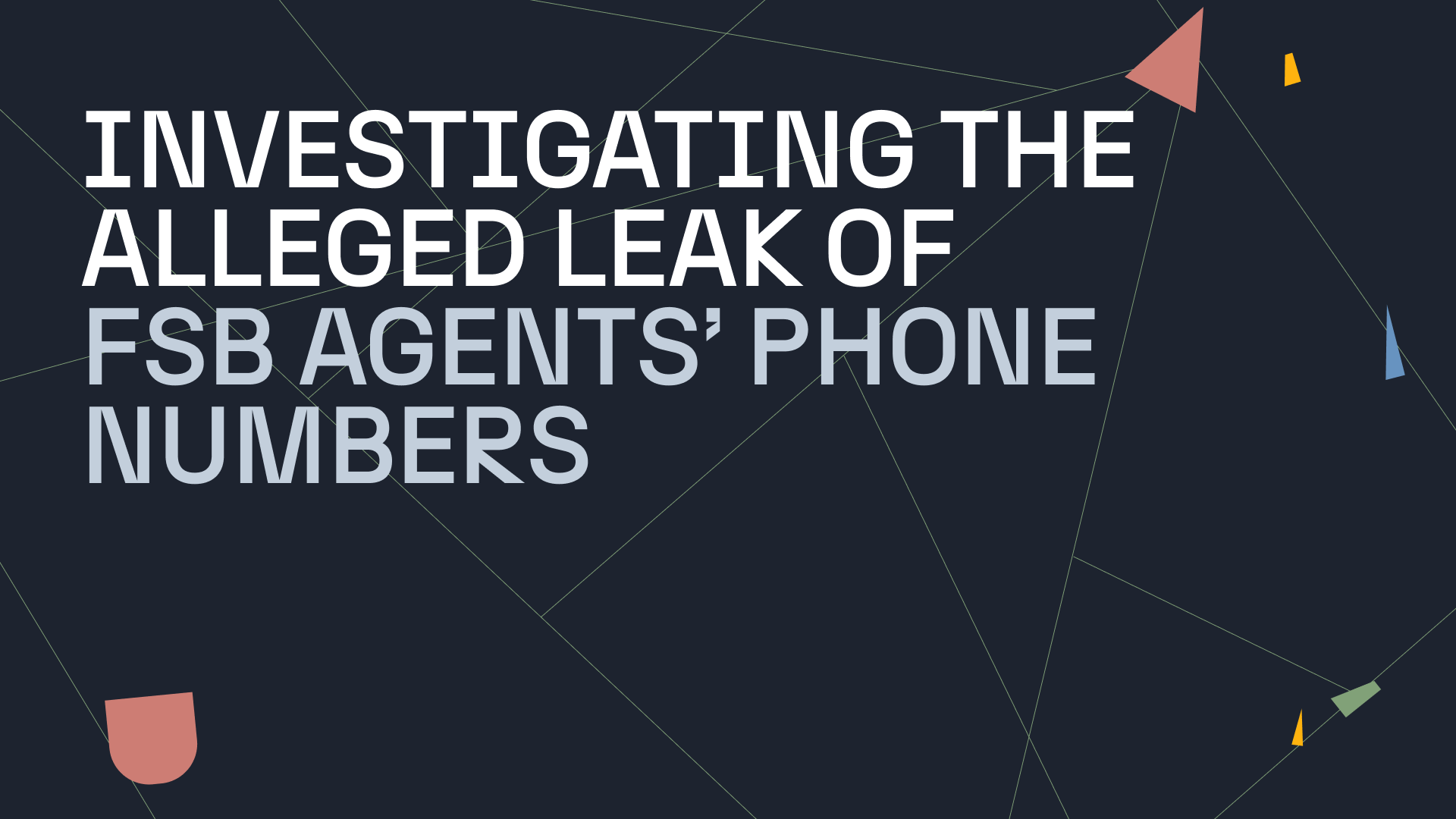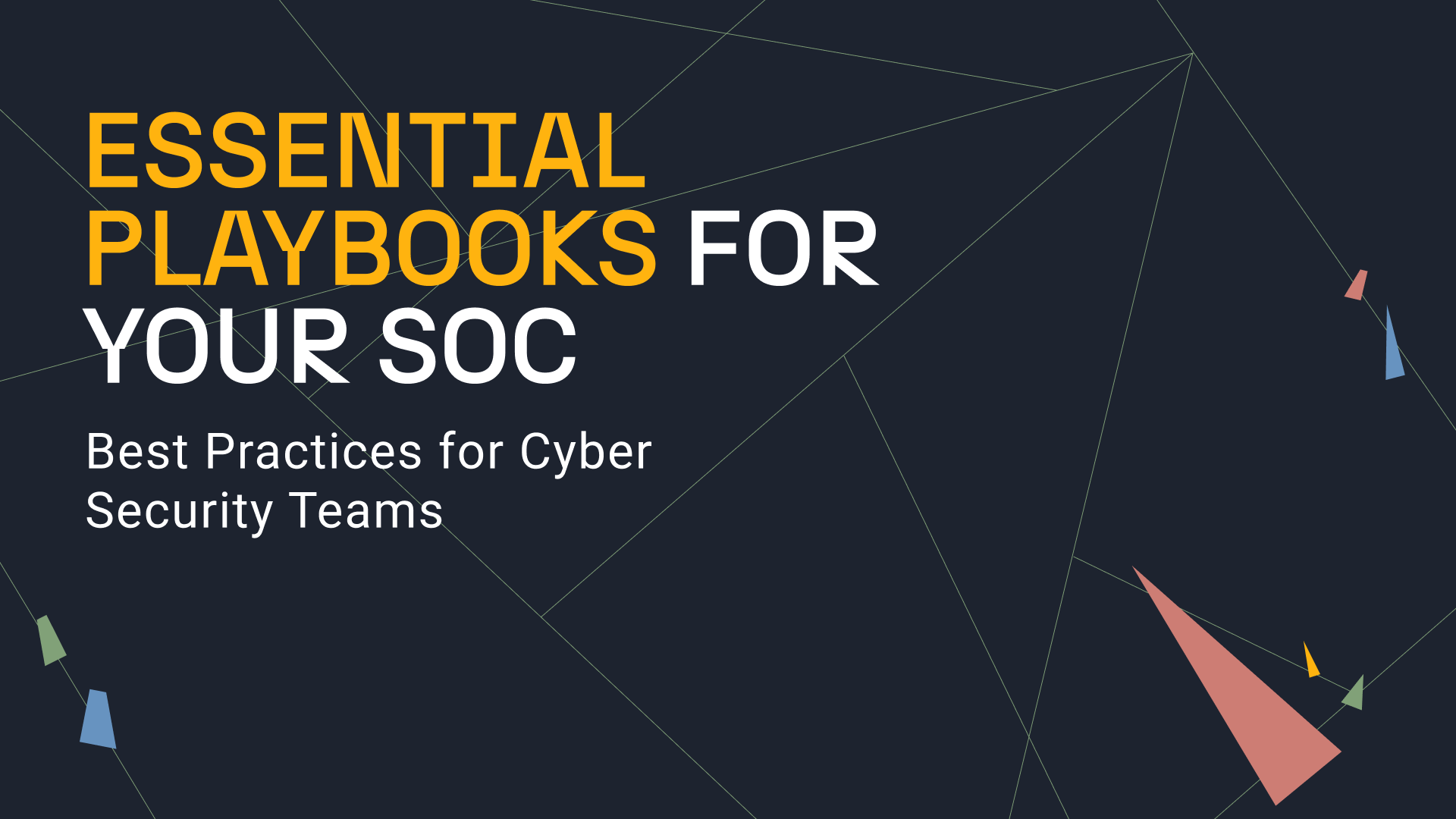Operational security (OPSEC) is a fundamental component of any intelligence investigation. Although the term has its origins in the military environment, it has come to have greater importance in the fields of Cyber Threat intelligence (CTI), person of interest analysis and certainly during Open-Source Intelligence (OSINT) investigations. The aim is to ensure protection; be it in regard to the integrity of the investigation, or the safety of the investigators themselves. This guide will serve to help you to define OPSEC, provide a basic methodology for determining your “threat environment”, and provide some mitigation measures to reduce the threat to you by implementing additional protection measures for use during your investigations.
Table of Content 🔗︎
What is OPSEC? 🔗︎
Firstly, what is OPSEC? The definition has been clearly defined in the military as “a capability that identifies and controls critical information, indicators of friendly force actions attendant to military operations, and incorporates countermeasures to reduce the risk of an adversary exploiting vulnerabilities.” In the OSINT sphere, it has also been defined to mean “the collective steps that investigators can formulate into a process that they can follow during an OSINT investigation to remain anonymous and keep their activity undiscovered. OPSEC can be achieved through a combination of software, hardware, and actions.” Both definitions are valuable in that our end goal is to combine elements of both into our particular mission statement.
With OPSEC, we seek to:
- Identify and control critical information
- Reduce the risk of an adversary exploiting vulnerabilities
- Conceal our real identity and seek to remain anonymous
- Keep our activities undiscovered or difficult to track
On the one hand, we want to protect practitioners of OSINT investigations from disclosing any information about themselves or those they associate with, as well as to ensure that our targets remain unaware of our scrutiny. As to the first point, OSINT influencer Nico Dekens states, “We all have something to protect or hide”. Were we to expose ourselves to the targets of our investigations, we are providing them with a target; we should always seek to remain hidden, observe and report – exposure means increased personal risk. As to the second point which very much follows from the first, alerting the targets of our investigations may lead them to change their behaviors, with potentially catastrophic consequences. Our target may reduce our access to previously available information by deleting social media accounts, removing images and posts from forums, notifying other target members, etc. Never pretend that the targets of our investigations will not seek to hinder our activities if they can do so.
Because the information which we seek to find, that which we seek to protect, and the types of investigations which we engage in will change, you will need to adapt your OPSEC to your current situation. To do so, you will need to conduct threat modelling. The following section will explain how to do just that.
How to Threat Model for OPSEC 🔗︎
OPSEC is not a static concept. Depending on the types of activities you are conducting, you will need to adapt your OPSEC measures. In order to evaluate your activities, their risk, and the necessary measures to be implemented, we need to conduct threat modelling. This allows us to determine the degree of security which we want to achieve. This threat modelling can be done in a fairly informal manner, merely by taking the time to write down the basic information pertaining to the following points:
- Know your target. A project investigating Threat Actors or organized crime groups, or malware and its developer, has a different level of OPSEC requirements from a project looking into the social media profile of a 16-year-old forum troll.
- Identify potential threats. Possible threats to sensitive data need to be identified and potentially documented. Consider that threats may exist externally through third parties, as well as internally. Data theft or breaches (either accidental or deliberate) can publish a wealth of data about you personally without your knowledge.
- Analyze security vulnerabilities. You must perform an objective analysis of your current security measure implementation strategy. Look for potential weaknesses which can be exploited. This covers all types of vulnerabilities, from cross-usage of devices to digital foot printing, usage of specific monitoring/tracking tools, etc.
- Determine the risk level of each vulnerability. Consider the damage that could be caused should your data be compromised, or if the organization may suffer as a result of your laxity.
It is recommended that, having gathered the information relating to the points, you speak to the relevant individuals who can help you with evaluating whether you belong to the group needing to implement Level 1 OPSEC measures, or Level 2. This may be the Chief Technical Officer (CTO) and/or Information Security Officer (ISO); all organizations are different but should have someone who is an authority and who can help guide your assessment.
Having done this, you can then move on to the next step of the OPSEC process:
- Implement a mitigation plan. Having determined all the necessary information, you can start to build up a mitigation plan which includes those technical and organizational measures to ensure that risks are addressed based on their criticality – avoided, transferred, mitigated, or accepted.
Depending on the results of your Threat Modelling, the measures which you may implement could consist of deploying a VPN, creating a Sock Puppet account for the social media platforms you use, and utilizing a password manager.
OPSEC is Integral to Every Operation 🔗︎
Every OSINT investigator should remember that, as stated earlier, there are always risks inherent in investigations. Additionally, OPSEC should be practiced at all times in order to ensure that the behaviors become ingrained and second nature. Even by investigating seemingly innocuous websites, profiles or malware, we may inadvertently put ourselves and others at risk – our OPSEC measures protect us from this potential risk.
Referring once more to the military space, OPSEC is considered integral to every operation as it serves as “a force multiplier that can maximize operational effectiveness by saving lives and resources when integrated into operations, activities, plans, exercises, training, and capabilities.” It may seem hyperbolic, however, better to prepare for the worst and avoid any surprises in the future.
If you leak information about yourself, then you are putting yourself at risk. The types of investigations which you are conducting may sometimes delve into the less savory areas of the internet and focus on real criminal groups or threat actors. Even if these are not the type of investigations you are conducting, and even if you only use Maltego to play with, you should still be following basic OPSEC principles; there are no excuses or exceptions.
Now that you hopefully have a good understanding of the definition, context, and importance of OPSEC, we have provided a list of measures and tools which can assist you here.
Download the Guide to Safeguard Yourself With OPSEC & Security Tools and Measures In Place! 🔗︎
Download the resource
Don’t forget to follow us on Twitter, LinkedIn, Mastodon, and sign up for our email newsletter, so you don’t miss out on updates and news!
Happy investigating!
About the Author 🔗︎
Aaron Dixon
Aaron Dixon is a former member of the New Zealand Military who has spent the last 6 years working as a consultant in the areas of IT Security and Compliance, Data Privacy, Digital Forensics and Cyber Threat Intelligence. He holds a bachelor’s degree with a double major in History and Defense Studies, as well as a Postgraduate Certificate in International Security. His primary areas of interest are terrorism and geopolitical conflict, as well as focusing on the foundational processes and principles of the Intelligence Cycle.



